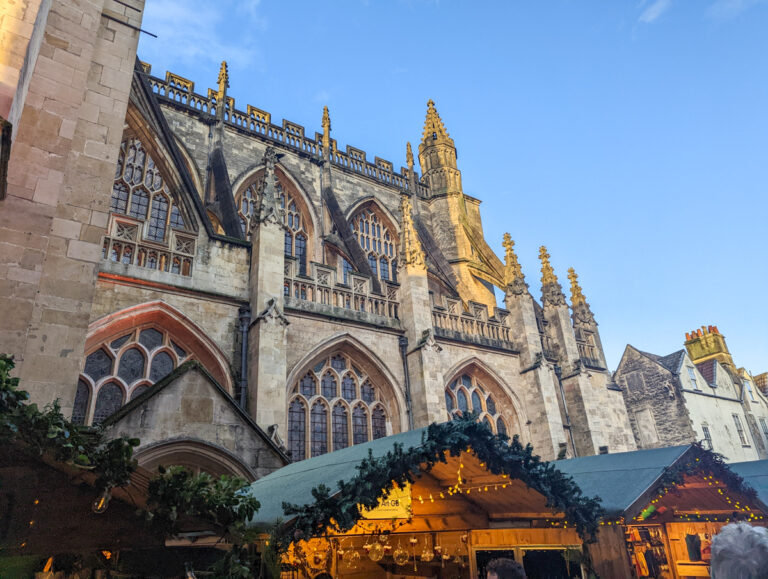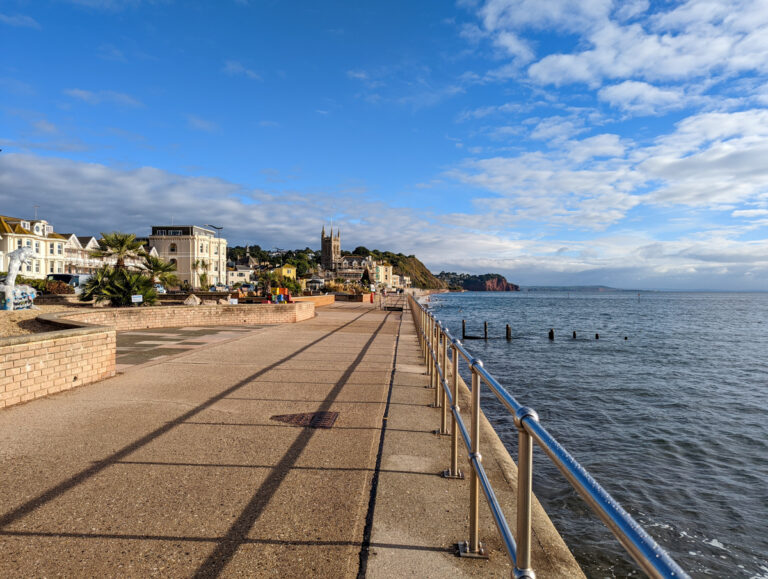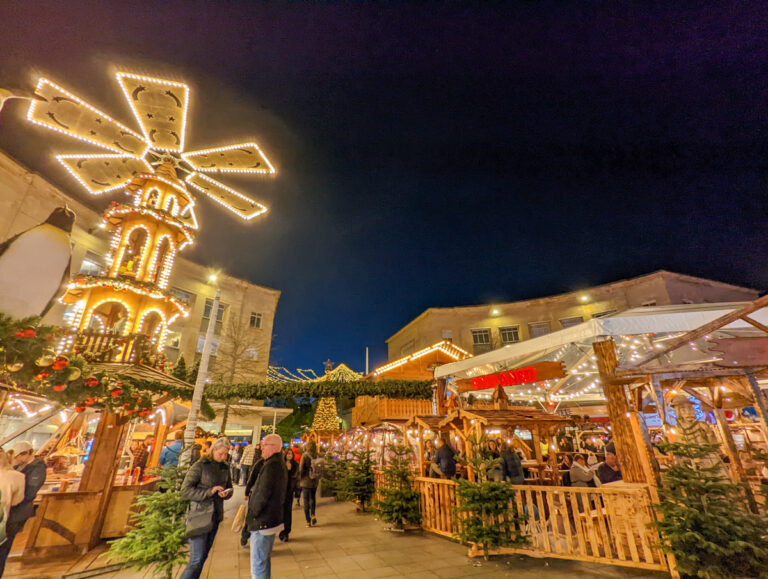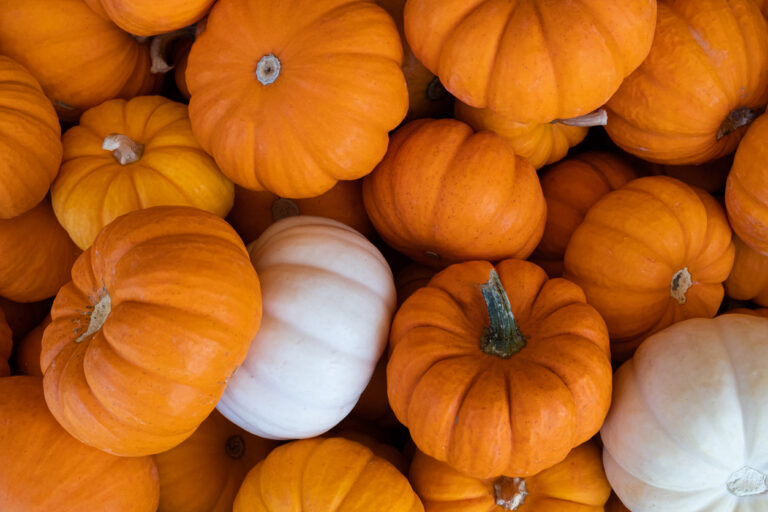15 best things to do in Clovelly, Devon (2024 guide)
Are you searching for the best things to do in Clovelly village? Read on for my full guide!
If you’re exploring North Devon, I’m sure you’ve heard of Clovelly.
Located on the western reaches of the North Devon coastline, Clovelly’s a privately-owned village that has been restored to its 19th-century glory.
While people do live in Clovelly, it is extremely popular with tourists and helps visitors see exactly what life was like in this area of the county in the 1800s.
Clovelly’s main street is lined with quaint historic buildings.
As you walk down the very steep road, it’s easy to imagine what this village was like 200 years ago.
The buildings and sweeping views over the harbour give it a somewhat romantic appeal.
But if you enter some of Clovelly’s museums, you’ll learn about the hardships faced by people in this village, when fishing was the only reliable source of income.
I’m a Devon local, living down in the south, and I’ve visited Clovelly a few times on my trips to the northern part of the county.
And I’m here to share everything about the village – including the best things to do, accommodation options if you want to stay and exactly why it is that they charge entry.
Whether you’re on a road trip around North Devon, spending a week in Cornwall and want to hop over the border, or on holiday in the area, here is all you need to know about visiting Clovelly!
Things to do in Clovelly
The best things to do in Clovelly include visiting museums to educate yourself about historical life in these fishing villages, looking out for bollards made of cannons used in the Spanish Armada, and a small waterfall with a cave where Merlin was supposedly born.
1. Clovelly Workshops
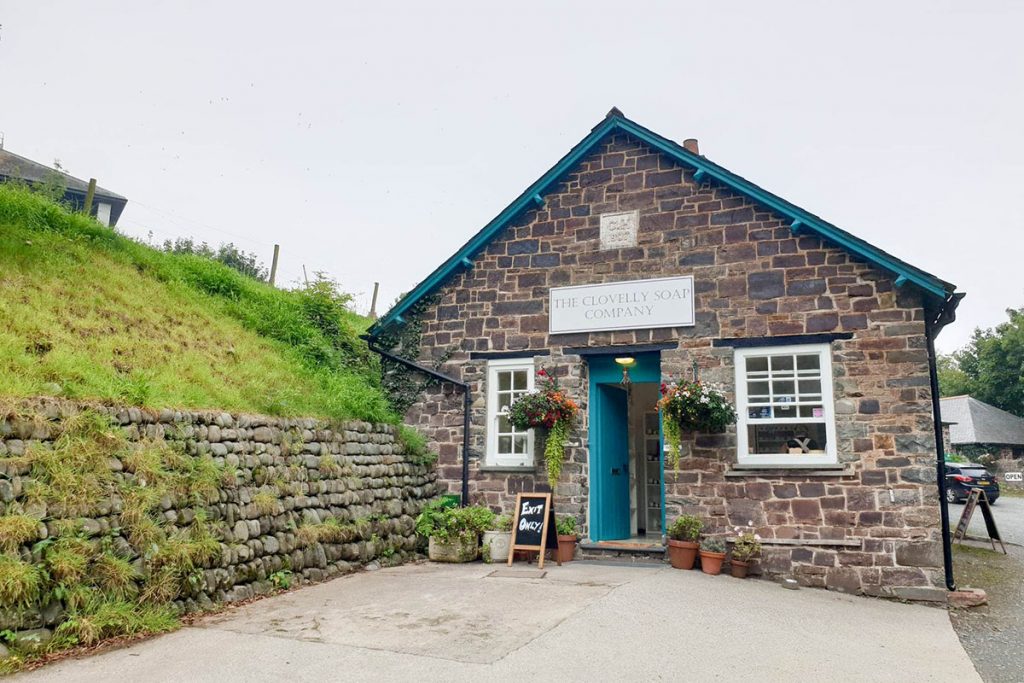
Walking down from the visitors’ centre, one of the first things that you will see is the Clovelly craft workshops.
The Clovelly pottery workshop offers guests the chance to make and decorate their own pot, as well as purchase from local artists. There’s also a lovely soap shop where you can buy locally made soaps.
The donkey stables are also in this area; they weren’t around when I was there, so I can’t really comment on how they looked health-wise.
I’m not a fan of using animals for tourism like this, and I have seen plenty of donkeys on British beaches which are far too overloaded, but I’m not sure about these ones.
If you have been and seen them, drop me a comment and let me know how well they are looked after!
2. Mount Pleasant Memorial
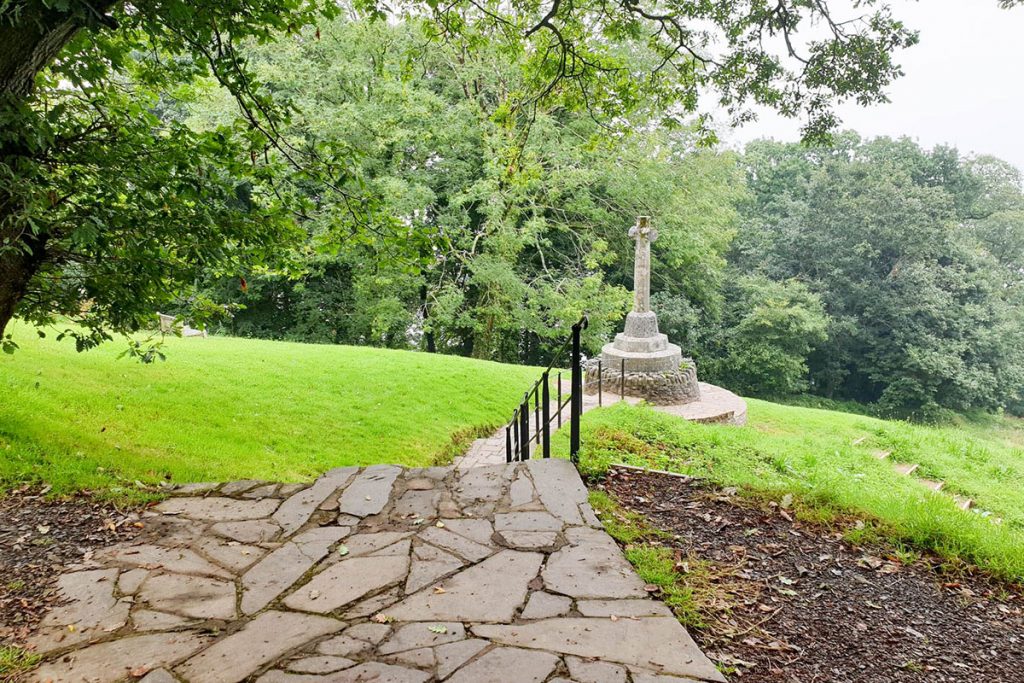
A little further down the hill is Mount Pleasant.
The hill has a nice, albeit slightly covered by leaves, view, and there is a memorial there to all of the fallen soldiers of World War II who lived in Clovelly.
If you’ve just walked up the hill, it’s a great place to stop and rest for a while!
3. Cliff Walk
If you want to look at the village and sea from above, there is a cliff walk that takes it all in. If you walk up Hobby Drive, you’ll reach the cliffs.
Just walk along this section of the South West Coast Path and enjoy the views!
4. Fisherman’s Cottage
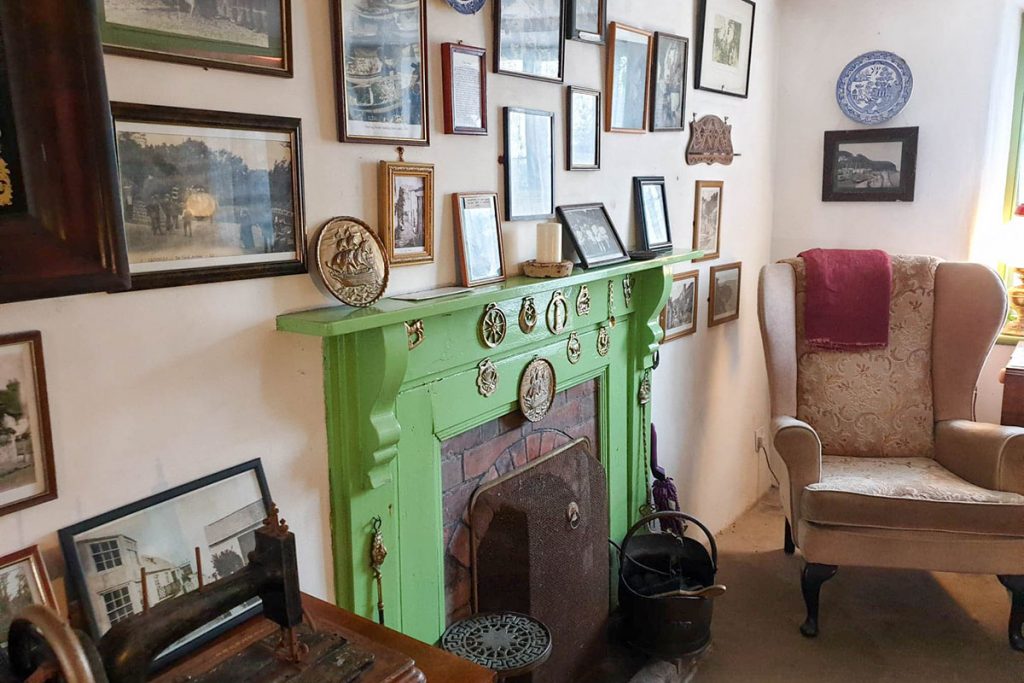
own on Clovelly high street, there’s a cottage that has been made up to resemble a fisherman’s dwelling in the 19th century, and it is one of the most interesting things to do in Clovelly.
Complete with historic furniture and even the fisherman’s clothes, it’s a compelling building to walk around and imagine what it would be like to live in this 19th century village.
5. Kingsley Museum

This Clovelly Museum is dedicated to local author Charles Kingsley, who wrote the book ‘Westward Ho!’ which the nearby town was named after.
The museum illustrates the fascinating history of the author and village, complete with a poetry recital (featuring a memorable line ‘the men must work, and the woman must weep’, which made me very grateful that I wasn’t born in a 19th-century fishing village).
You’ll learn about the perils of fishing here, with juxtaposes with the beauty of the village.
Fishing was pretty much the only industry in the village, and it was vital for boats to go out to be able to afford to pay the lord of the manor.
But, these Atlantic waters are dangerous; and people being lost at sea was common (which is why all the women were weeping).
Upon leaving the museum, there is a traditional sweet shop.
6. Lookout over the harbour
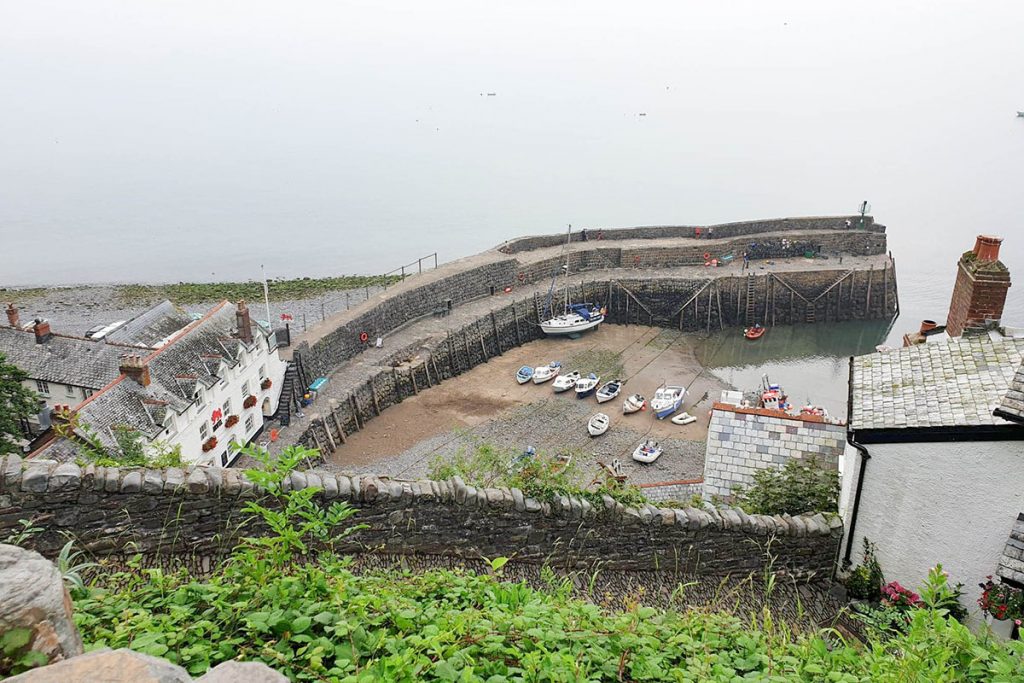
After learning about this history, the steep road will take you down to the lookout.
This exact spot has been a meeting place for village people throughout the ages.
It is also where people would look out for fishing boats coming back to Clovelly. Nowadays, it is a serene place and is a great spot to take some photos of the coastline below.
Perch on a bench here and enjoy the glorious views of the harbour!
7. Clovelly Harbour
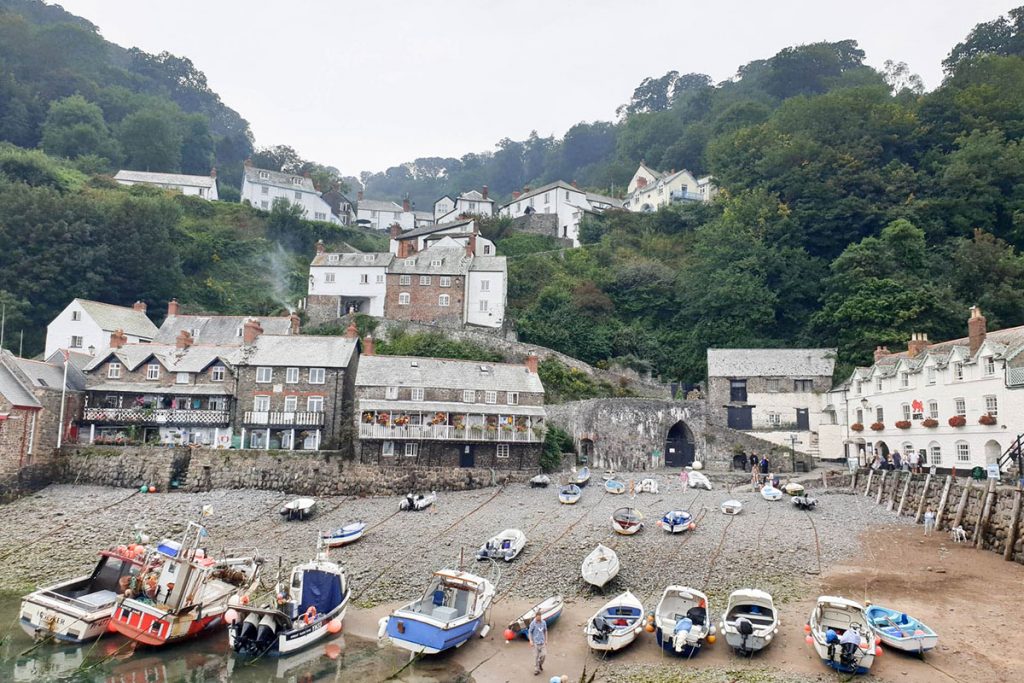
Clovelly harbour is a pleasant place to sit and look out to sea while enjoying the houses dramatically climbing the hill. Be sure to look out for the bollards made out of cannons from the Spanish Armada.
The views and atmosphere of the harbour area mean that sitting here and taking it all in is certainly one of the best things to do in Clovelly.
8. Waterfall and Merlin’s Cave
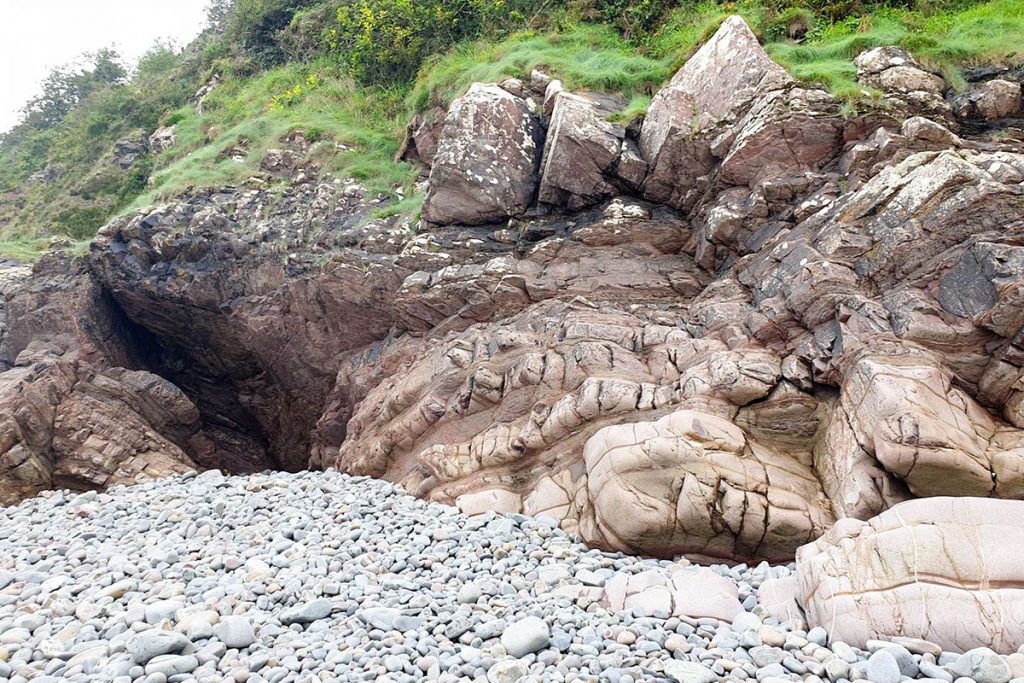
A short walk down Fish Street and along the pebbled beach is a small waterfall.
Originating from a stream that once meandered through the village that was utilized by villagers as a water source, the course of the brook was redirected to mitigate flood risks.
The re-routed stream now tumbles off the edge of the cliffs.
Behind, there’s a cave where Merlin was allegedly born – although how true that is, I’m not too sure.
9. Notable historical houses
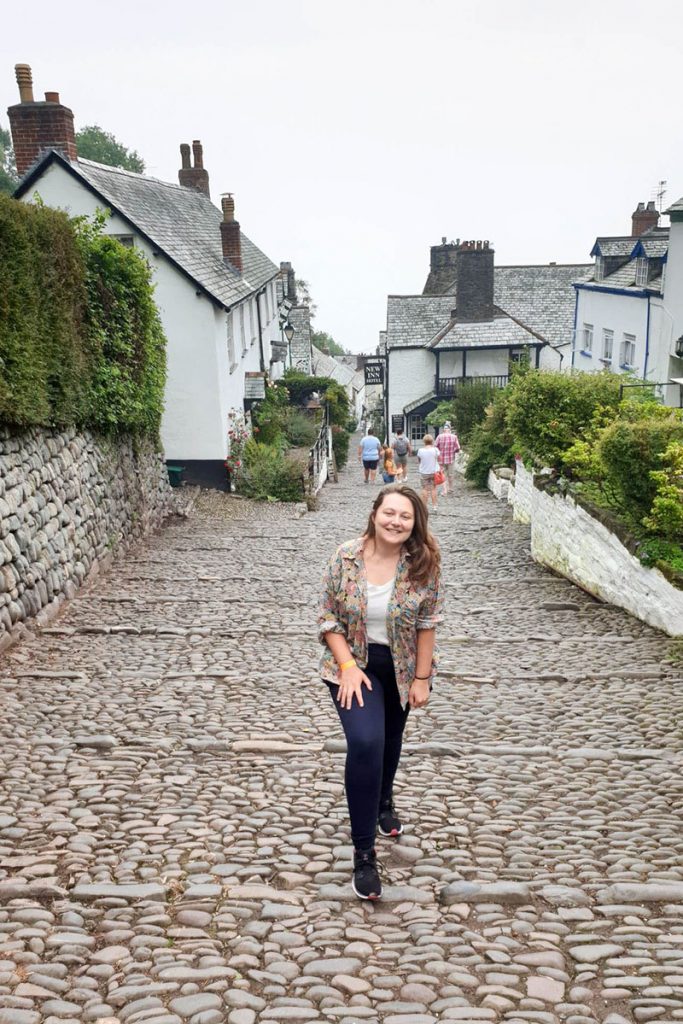
All of the buildings in Clovelly are quaint and beautiful, but some are more remarkable than others. Look out for:
- Oberammergau Cottage, which used to be a doctor’s surgery and is located near the lookout. It is unique due to its bright wood carvings, which were created in Oberammergau in Germany (hence the name).
- Crazy Kate’s Cottage and the other dwellings located on Fish Street, near the harbour
- Temple Bar Cottage, which hangs over the footpath going down towards the beach
10. Clovelly Court Gardens

The Clovelly Court Gardens are located a short way out of the village itself.
These colourful Victorian gardens feature colourful flowers, herbs, and vegetables, and make for a pleasant stroll.
There is also a small church and graveyard, as well as the manor house.
You can visit the gardens separately to the village, paying a smaller admission fee.
11. Milky Way Adventure Park
Unleash your adventurous spirit at Milky Way Adventure Park, one of the best family attractions in Devon.
Climb on board the swirling Cosmic Typhoon roller coaster, the gravity-defying doughnut slide, and the thrilling Ziggy’s Blast Quest.
Try your hand at navigating a Cyber Scooter, indulge in some friendly competition on the Droid Destroyer Dodgems, or enjoy a leisurely ride on the Milky Way Railway.
This family-friendly theme park, set amid breathtaking views of the North Devon coast and Dartmoor National Park, has something to cater to everyone’s taste, all included in one single admission fee.
12. Walk to Westward Ho!
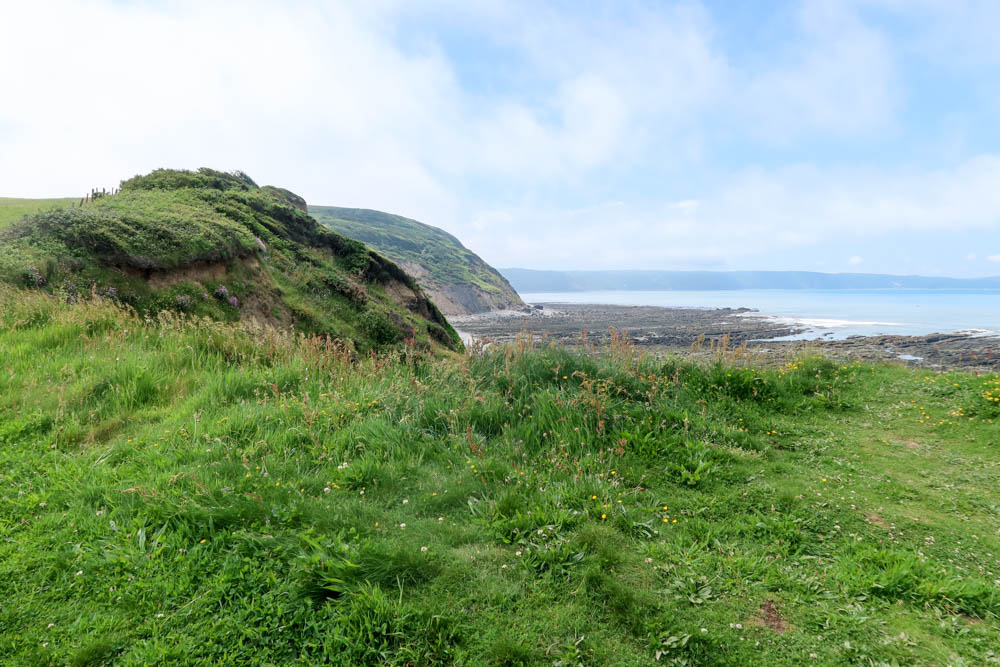
Like all towns and villages in Devon, Clovelly sits on the South West Coast Path.
Immerse yourself in the splendour of the Clovelly to Westward Ho! walk, a strikingly beautiful South West Coast Path trek.
The path, though picturesque, is not for the faint of heart, it weaves through dramatic rollercoaster-like terrains, challenging your stamina while rewarding your efforts with incredible vistas.
Milestones include Hobby Drive which is an old Horse and Cart Road, the tiny village of Bucks Mills, Greencliff, the peaceful pebble beach at Babbacombe Mouth and Babbacombe Cliff.
Check out my full Westward Ho! to Clovelly walking guide for more information.
13. Walk to Hartland Quay
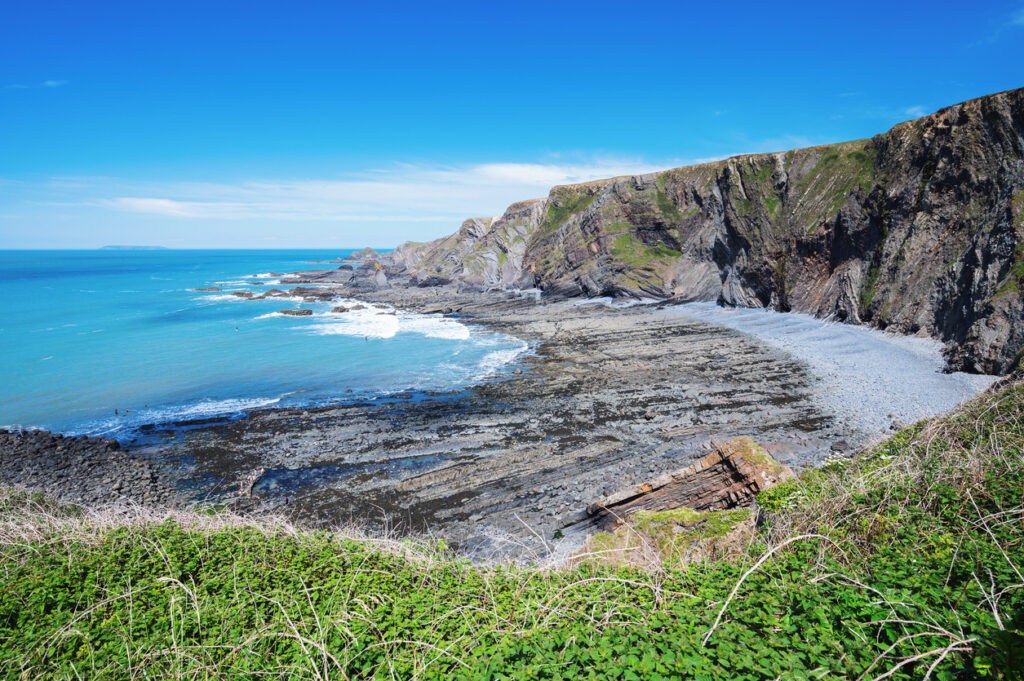
Engulfed in stunning coastal views and verdant woodland, the Clovelly to Hartland Quay walk offers an unforgettable hike along the South West Coast Path.
Beginning in the picturesque Clovelly village, the tranquil woodland soon gives way to the rugged and dramatic scenery at Hartland Point.
As you venture further, the landscape grows wilder, ascending and descending rocky paths that overlook secluded beaches.
Key landmarks include Mouth Mill, a charming mill backed by the sea, Exmansworthy Cliff and Gawlish Cliff.
The Radar Tower is a historic military site now used for air traffic control and is the beginning of the final stretch.
At Hartland Point, the trail pivots, presenting hikers with new, breathtaking vistas, the terrain morphing dramatically once more.
The trail concludes at Hartland Quay, a former port battered by the elements over time.
Despite its remote location, Hartland Quay boasts intriguing attractions, such as Hartland Quay Museum and Hartland Abbey.
Take a look at my Clovelly to Hartland Quay walking guide for more information!
14. Walks around Clovelly Estate
Don’t fancy a rollercoaster walk up and down the coastal trail?
There are a few walks around Clovelly Estate, including the Woodland Walk or Long Walk, which is a voyage from the top of the village to Clovelly Court Gardens.
15. Chapel of St Peter
Like many small villages in England, Clovelly centred around the church back in the 19th century.
There’s a small chapel, which originated in 1846, in the middle of the village.
It’s a tiny working church, but is usually open for guests to pop in!
Places to eat in Clovelly
For a small village, there are plenty of places to eat in Clovelly.
The Cottage Tea Rooms
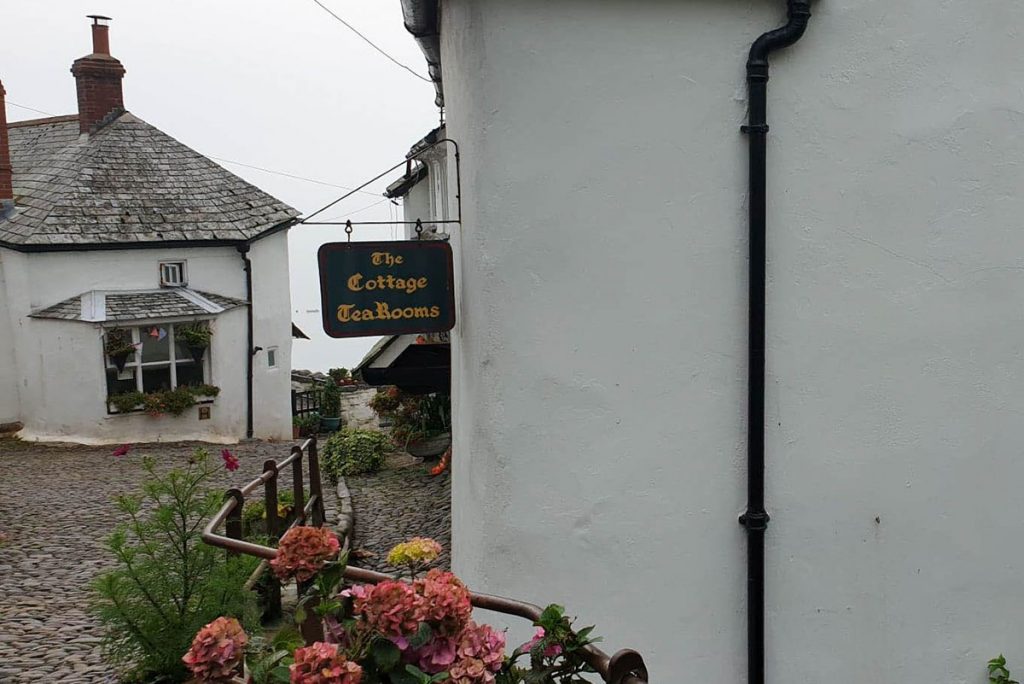
This tea room, located towards the harbour at the bottom of the main street, serves up cream teas, quiches, and freshly made sandwiches – and tea and coffee, of course!
It’s even possible to get tea, sandwiches and scones for one if you are travelling solo or are the only person who fancies cream tea in your group.
There are plenty of vegetarian options, but it is slightly lacking when it comes to gluten-free and vegan dishes.
The Red Lion Hotel
The Red Lion Hotel serves seafood and other locally sourced products, with a view overlooking the sea.
Again, slightly lacking when it comes to vegetarian food – and there’s nothing vegan.
The hotel also does takeaway tea and coffee.
The New Inn
Further up the hill is The New Inn, a Clovelly pub with rooms.
Call in here for English breakfasts, afternoon tea or pub dinners.
We ate here after a long South West Coast Path hike from Westward Ho!, and I loved their homemade vegan burger with slaw!
Where to stay in Clovelly
Most tourists visit Clovelly as a day trip – just spending a couple of hours in town.
But by staying here, you can experience the village after hours.
When tourists depart, the entire village has a different atmosphere.
It’s enchanting for history buffs – as you’ll literally feel like you’ve gone back in time, without jostling with other tourists to get the perfect shot!
There are two main places to stay in Clovelly: The New Inn and the Red Lion Hotel.
The New Inn
The New Inn has comfortable en-suite rooms and is connected to The New Inn pub.
It’s not located by the harbour, but some of the rooms have sea views.
The Red Lion Hotel
The Red Lion Hotel is connected to Clovelly’s other pub – The Red Lion.
Rooms here are also comfy, more stylish than The New Inn with exposed beams and boutique touches.
The Red Lion is right by the harbour.
Click here to read more about it.
Clovelly parking

There is one catch about visiting Clovelly; you need to pay for an entry ticket.
There’s only one way in, and that’s through the visitor centre (which, by the way, is award-winning apparently).
Ticket prices are £8.75 for an adult and £5.10 for a child to enter the area. Under 7s are free.
Once you’ve entered, all of the museums are free of charge.
This means that there’s only one Clovelly parking option; by the visitor’s centre. Parking is free here.
Clovelly history
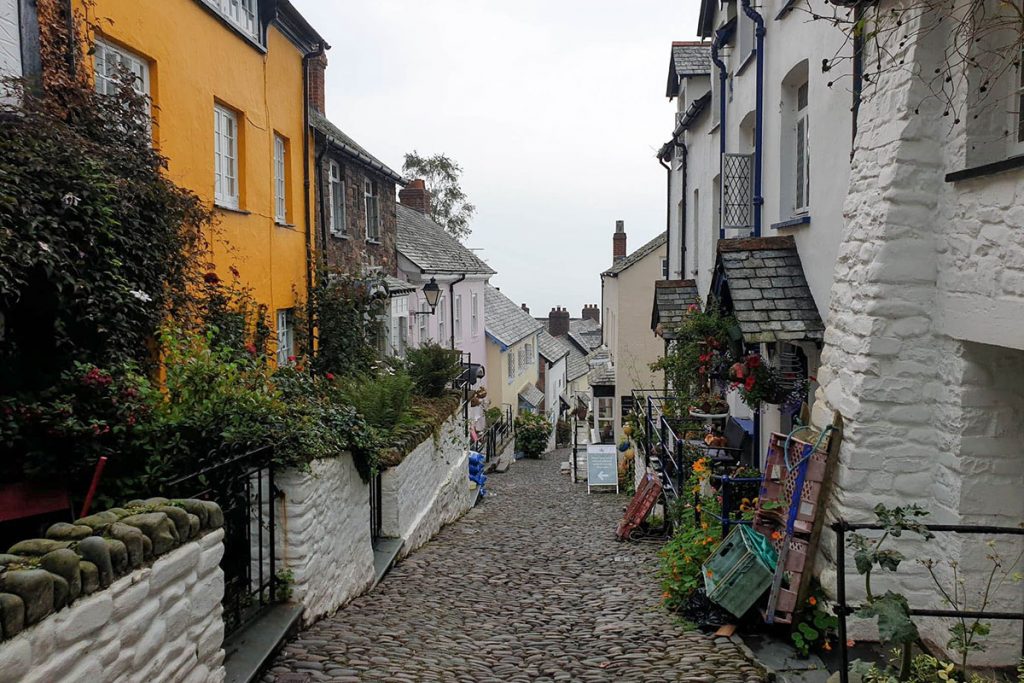
Steeped in royal lineage, Clovelly was once the property of William the Conqueror.
It was acquired by the Giffard family in the 13th century.
The outside world didn’t know much about the Clovelly Estate until the mid-19th century when Charles Kingsley’s novel ‘Westward Ho!’ shed light on this picturesque region.
The narrative sparked interest, drawing curious visitors to Clovelly.
In 1884, Christine Hamlyn, a pivotal figure in the village’s history, inherited the estate.
She, along with her husband, embarked on a mission to refurbish the quaint cottages, breathing new life into the village.
Today, her great-grand-nephew, The Hon. John Rous, owns the village.
Places to visit near Clovelly
There are so many things to do in North Devon near Clovelly – plus, as it’s only a short hop to the border in Cornwall, you could drive over and check out attractions here too!
A few places nearby are:
- Westward Ho!: A tourist town and one of Devon’s best places to surf which was named after Charles Kingsley’s novel with the same name.
- Ilfracombe: On the cusp of Exmoor National Park, this West Country harbour town boasts excellent beaches and has a laid-back atmosphere.
- Hartland Heritage Coast: This is a particularly stunning stretch of coastline. You can explore by driving to various villages (I recommend Welcombe, the last village in Devon) or by hiking the incredibly difficult Hartland Quay to Bude trek.
- Bude: A chilled out surf town in north Cornwall, home to beaches like Summerleaze, Crooklets and Widemouth Bay.
- Port Isaac: Another quaint village with an ancient fishing harbour.
- Tintagel: Home to a mythical castle, this is a village to visit if you’re interested in Clovelly’s Merlin connections!
Visiting Clovelly FAQs
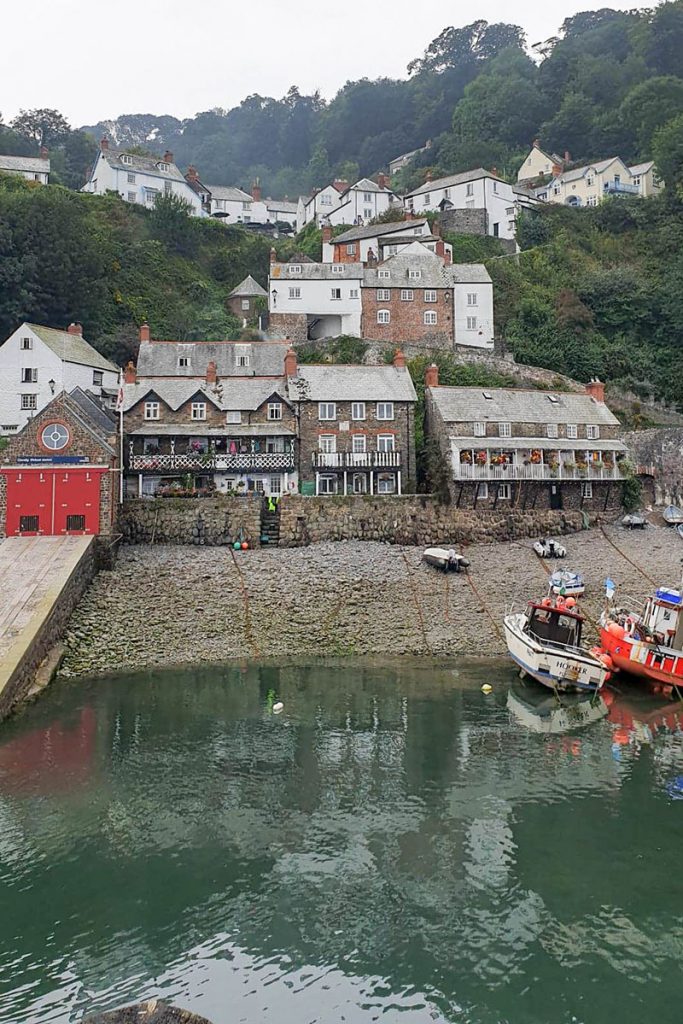
Can you walk into Clovelly without paying?
To preserve and maintain the historic village, an admission fee is charged for all visitors to Clovelly.
However, if you’re walking along the South West Coast Path, the trail bypasses the visitor centre, so yes, you can technically walk into Clovelly without paying.
You also don’t need to pay if you’re staying in a hotel in the village.
I know this because, when we last went to Clovelly, we didn’t pay on account of hiking in, but we stayed there and were also told by our accommodation owner that we didn’t need to pay.
How long is the walk down to Clovelly?
The walk down the steep cobbled street to the harbour of Clovelly is 0.7 miles.
It takes around 15 minutes to walk without stops, although I’d recommend walking very slowly – it’s steep, so it pays to take extra care.
Why is Clovelly famous?
Clovelly’s renowned for its picturesque and preserved setting.
The village boasts cobbled streets, quaint cottages, and a small harbour.
It’s retained a certain historical charm, providing a unique view into the past.
It’s also famous for being the village in Devon that you have to pay to go in!
Is Clovelly free after 5pm?
There have been reports of people being let in after 5pm, but this definitely isn’t official guidance – in fact, the visitor centre closes at 4pm.
That being said, you could probably hike in after 5pm without an issue.
Does Clovelly have a pub?
Yes, Clovelly has two pubs – the Red Lion Hotel by the harbour and the New Inn in the heart of the village.
Both have accommodation.
How much is the Land Rover at Clovelly?
The Land Rover service, which offers rides up and down the steep cobbled street, has a small fee.
The exact price may vary, so it’s best to check the official Clovelly website for the latest information.
Are there toilets at Clovelly?
Yes, there are public toilets available in Clovelly for visitors’ convenience, located near the visitor centre and at Clovelly Court Gardens.
How steep is Clovelly High Street?
Clovelly High Street, also known as Up-a-Long and Down-a-Long, is incredibly steep.
It’s made up of cobbles and has a gradient of approximately 1 in 5 (20%) – it can also be slippery, so make sure that you wear suitable footwear.
It was actually made from pebbles from the beach centuries ago!
Do people own houses in Clovelly?
No, the houses in Clovelly are not privately owned.
They are all part of the Clovelly Estate and are rented out to residents.
There are no holiday homes in the village, and it has about 300 residents.
The village has been in private ownership since the Elizabethan age and is currently owned by the Rous family.
Why do you have to pay to enter Clovelly?
The entrance fee for Clovelly includes free parking, maintenance of the village to keep it looking as it does and museums.
If you look at Clovelly as a giant living museum, then the entrance fee makes more sense – if you look at it as a historic fishing village, it doesn’t so much!
But ultimately, the village is privately owned, and the fees are in place because the owner decided they’d charge visitors.
Is it worth paying to enter Clovelly?
The question on everyone’s lips… is it worth paying to enter Clovelly?
I’m in two minds.
On one hand, the village is beautiful and while it’s touristy, it does offer a glimpse into what life was like in Devon in the 19th century.
On the other, there are plenty of other fishing villages in Devon and Cornwall that don’t charge for admission – and while it includes some small museums and parking, the entry costs are quite substantial.
If you’re visiting with a family of four, you’re looking at around £30 for entry alone!
So, it depends on your personal preferences, budget and taste!
Are you ready to visit Clovelly?
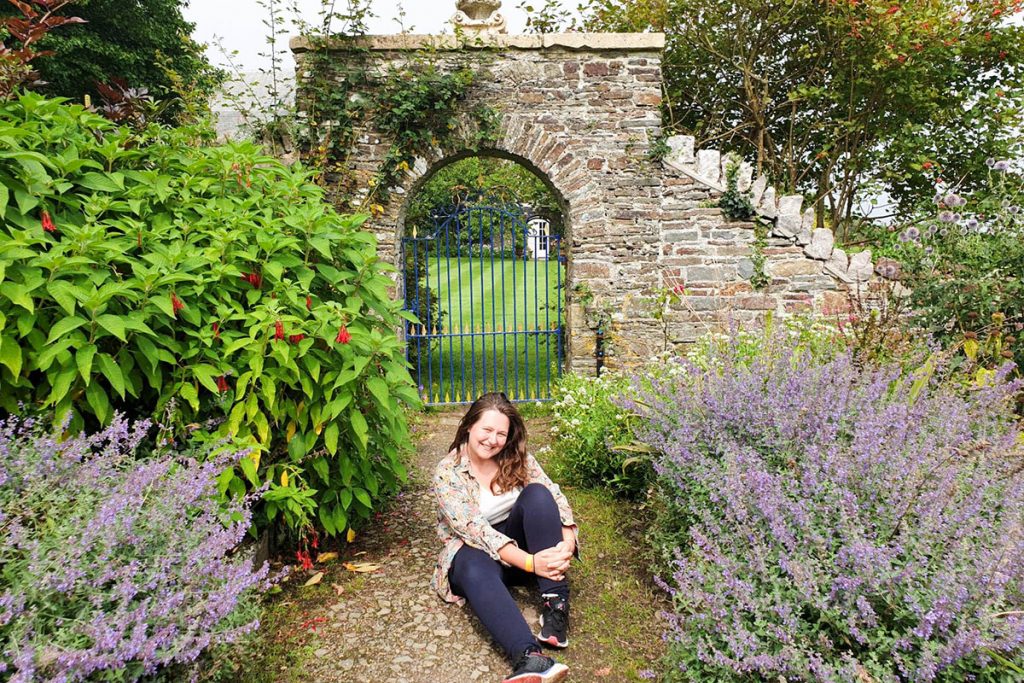
Uncover stories in the fisherman’s cottage, marvel at the amazing views of the pebble beach or embark on a hike to other spots on the Devon coast… Clovelly is a spectacle.
Take a look at my other Devon posts for more information about this county, or feel free to reach out to me on Instagram if you have any questions!


